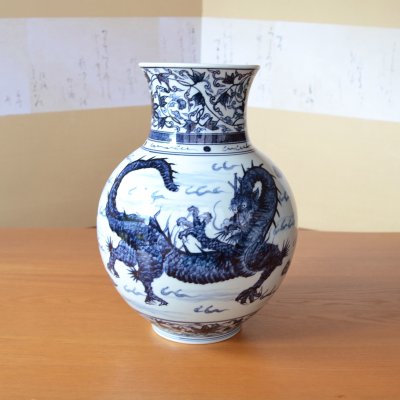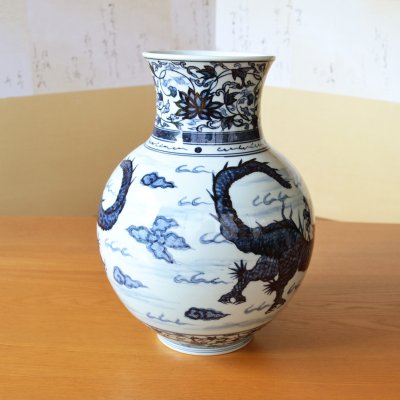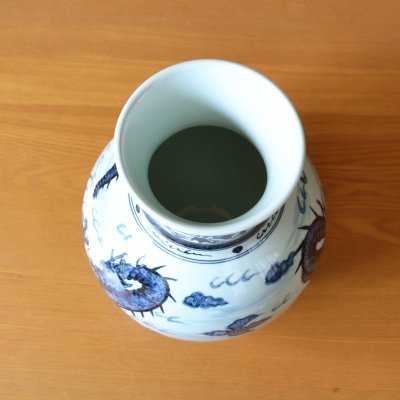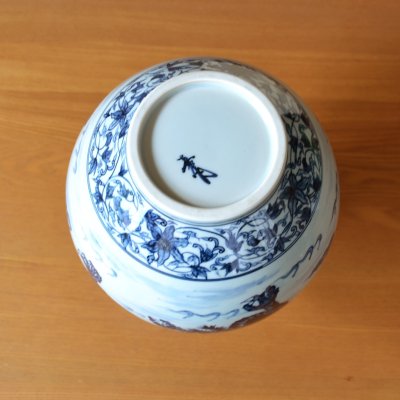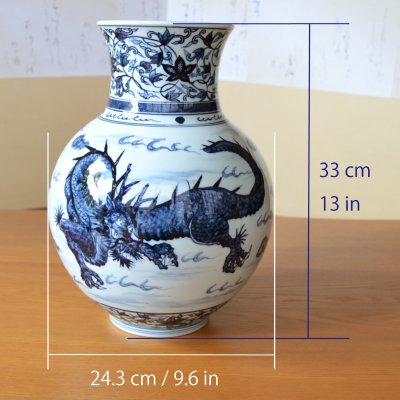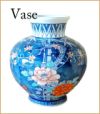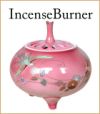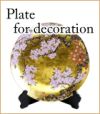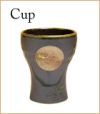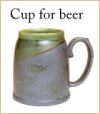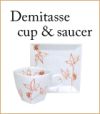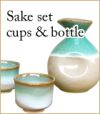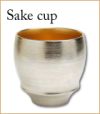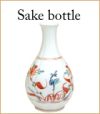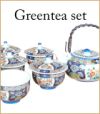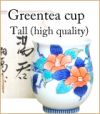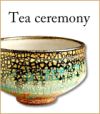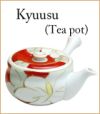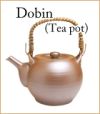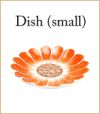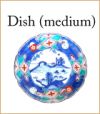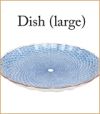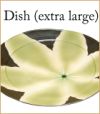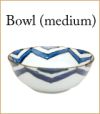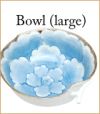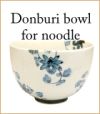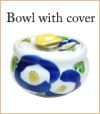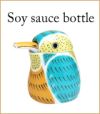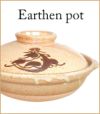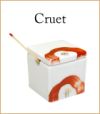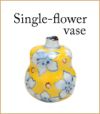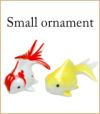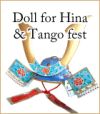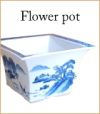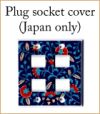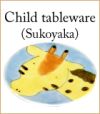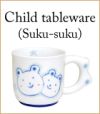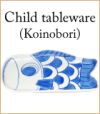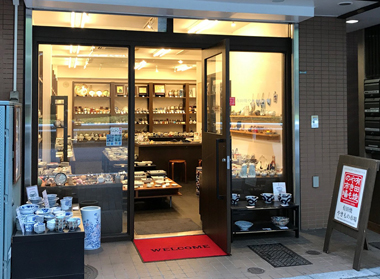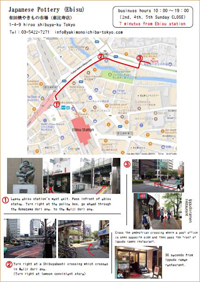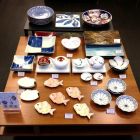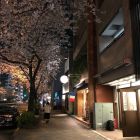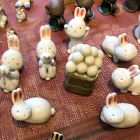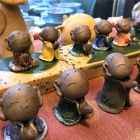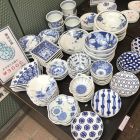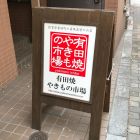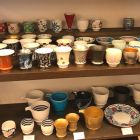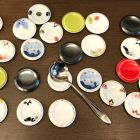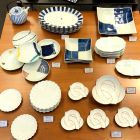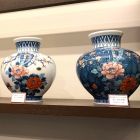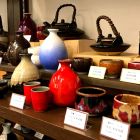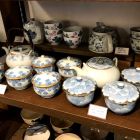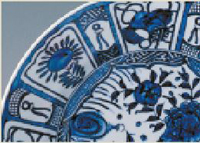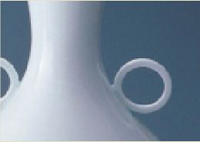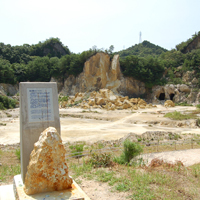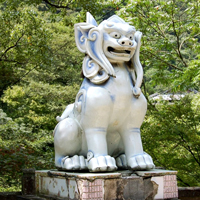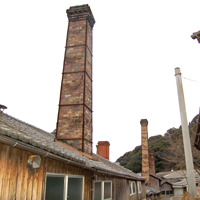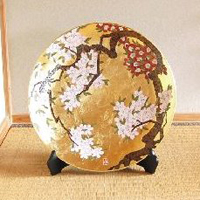Vase Sometsuke Ryu Dragon | The first-generation head of the Shinemon Kiln [146181]
Vase Sometsuke Ryu Dragon | The first-generation head of the Shinemon Kiln
[146181]
Price: 385,000JPY
Weight: 3200g
Low stock
[size]
Width: 24.3cm / Height: 33cm
Width: 9.6in / Height: 13in
-----------------------
This is a work by the predecessor and first generation master of Shinemon Kiln, Shinichiro Baba (posthumously Shinemon), a kiln that represents Arita ware. It is a large piece, standing 25 cm tall. On the surface of a grand vase as a canvas, a powerful dragon is boldly depicted in sometsuke (blue-and-white underglaze), creating a commanding presence.
Today, Shinemon Kiln is renowned as a leading studio in the technique of yohen (glaze transformation), which requires masterful control of glazes. However, this piece is not yohen but sometsuke. The reason is that this vase was created by the founding master himself during his career. One can sense how he expressed his skill through sometsuke, the fundamental decorative technique of Arita ware. Since the present Shinemon Kiln rarely produces sometsuke works, this vase is now a rare surviving piece. Its form alone shines as an art object, radiating an overwhelming presence even without flowers. Moreover, the wide mouth is designed to firmly hold arrangements, resulting in a stately impression when flowers are placed.
The dragon depicted here is an immensely important symbol in Asian culture, carrying many auspicious meanings. Especially in China and Japan, dragons are revered as sacred and powerful beings with strong symbolic significance.
First, the dragon is a symbol of prosperity and good fortune. In Chinese culture in particular, dragons are believed to bring wealth and success. Artworks featuring dragons are cherished as auspicious items that invite luck. Second, the dragon symbolizes wisdom and knowledge. In Chinese legends, dragons often appear as sages possessing deep wisdom, respected as beings who bestow knowledge. Additionally, the dragon embodies courage and boldness. It is considered a force that confronts any hardship and overcomes adversity, inspiring bravery through its stance.
From the perspective of technique, this work is executed in sometsuke. This method involves painting designs onto the bisque-fired body before glaze is applied. With the unique flow of brushwork and touch characteristic of this method, a delicate landscape world is vividly expressed. Because the bisque absorbs the ink, corrections cannot be made?every brushstroke is final. It is a one-shot endeavor that demands perseverance, concentration, and compositional skill, all of which culminate in this completed masterpiece.
[Potter Profile]
Shinichiro Baba (deceased)
The first-generation head of the Shinemon Kiln
Member of Nitten / Full Member of the Japan Contemporary Arts and Crafts Association / Member of the Saga Prefecture Ceramic Association / Member of the Arita Ceramic Association
[Shinichiro Baba's career is as follows ]
Born in 1924 in Arita, Saga Prefecture
1972: Founded the Shinemon Kiln in Arita.
1979: Selected for the Prefecture Exhibition with "Hexagonal Celadon Bowl."
1981: Selected for the Nitten exhibition with "Oil Spot Tenmoku Large Bowl," subsequently selected 21 times.
1989: Appointed as an art exhibition judge.
2000: Exhibited "Saiun-99" and "Sai-99" at the British Museum in London (Saga Prefecture Ceramic Exhibition).
2004: Exhibited "Saikei" and "Saimon" at the Arita Pottery Exhibition in Germany.
[Main Awards]
1983: Won the First Place Bijutsu Kyokai Prize at the Bijutsu Kyokai Exhibition for "Cinnabar Flower Vase."
1986: Received the Grand Prize and the Contemporary Craft President's Prize at the Contemporary Crafts Kyushu Exhibition.
1996: Awarded the Contemporary Craft Prize at the Contemporary Craft Exhibition for "Akebono no Nagisa."
2000: Received the Full Member Prize at the Contemporary Craft Exhibition for "Rensaku・Sai."
Width: 24.3cm / Height: 33cm
Width: 9.6in / Height: 13in
-----------------------
This is a work by the predecessor and first generation master of Shinemon Kiln, Shinichiro Baba (posthumously Shinemon), a kiln that represents Arita ware. It is a large piece, standing 25 cm tall. On the surface of a grand vase as a canvas, a powerful dragon is boldly depicted in sometsuke (blue-and-white underglaze), creating a commanding presence.
Today, Shinemon Kiln is renowned as a leading studio in the technique of yohen (glaze transformation), which requires masterful control of glazes. However, this piece is not yohen but sometsuke. The reason is that this vase was created by the founding master himself during his career. One can sense how he expressed his skill through sometsuke, the fundamental decorative technique of Arita ware. Since the present Shinemon Kiln rarely produces sometsuke works, this vase is now a rare surviving piece. Its form alone shines as an art object, radiating an overwhelming presence even without flowers. Moreover, the wide mouth is designed to firmly hold arrangements, resulting in a stately impression when flowers are placed.
The dragon depicted here is an immensely important symbol in Asian culture, carrying many auspicious meanings. Especially in China and Japan, dragons are revered as sacred and powerful beings with strong symbolic significance.
First, the dragon is a symbol of prosperity and good fortune. In Chinese culture in particular, dragons are believed to bring wealth and success. Artworks featuring dragons are cherished as auspicious items that invite luck. Second, the dragon symbolizes wisdom and knowledge. In Chinese legends, dragons often appear as sages possessing deep wisdom, respected as beings who bestow knowledge. Additionally, the dragon embodies courage and boldness. It is considered a force that confronts any hardship and overcomes adversity, inspiring bravery through its stance.
From the perspective of technique, this work is executed in sometsuke. This method involves painting designs onto the bisque-fired body before glaze is applied. With the unique flow of brushwork and touch characteristic of this method, a delicate landscape world is vividly expressed. Because the bisque absorbs the ink, corrections cannot be made?every brushstroke is final. It is a one-shot endeavor that demands perseverance, concentration, and compositional skill, all of which culminate in this completed masterpiece.
[Potter Profile]
Shinichiro Baba (deceased)
The first-generation head of the Shinemon Kiln
Member of Nitten / Full Member of the Japan Contemporary Arts and Crafts Association / Member of the Saga Prefecture Ceramic Association / Member of the Arita Ceramic Association
[Shinichiro Baba's career is as follows ]
Born in 1924 in Arita, Saga Prefecture
1972: Founded the Shinemon Kiln in Arita.
1979: Selected for the Prefecture Exhibition with "Hexagonal Celadon Bowl."
1981: Selected for the Nitten exhibition with "Oil Spot Tenmoku Large Bowl," subsequently selected 21 times.
1989: Appointed as an art exhibition judge.
2000: Exhibited "Saiun-99" and "Sai-99" at the British Museum in London (Saga Prefecture Ceramic Exhibition).
2004: Exhibited "Saikei" and "Saimon" at the Arita Pottery Exhibition in Germany.
[Main Awards]
1983: Won the First Place Bijutsu Kyokai Prize at the Bijutsu Kyokai Exhibition for "Cinnabar Flower Vase."
1986: Received the Grand Prize and the Contemporary Craft President's Prize at the Contemporary Crafts Kyushu Exhibition.
1996: Awarded the Contemporary Craft Prize at the Contemporary Craft Exhibition for "Akebono no Nagisa."
2000: Received the Full Member Prize at the Contemporary Craft Exhibition for "Rensaku・Sai."
 |
Import duties, taxes, and charges are not included in the item price or shipping cost. When a duty occurs, you are responsible for paying Customs Duties. |
 |
 |
Source: www.exchange-rates.org

